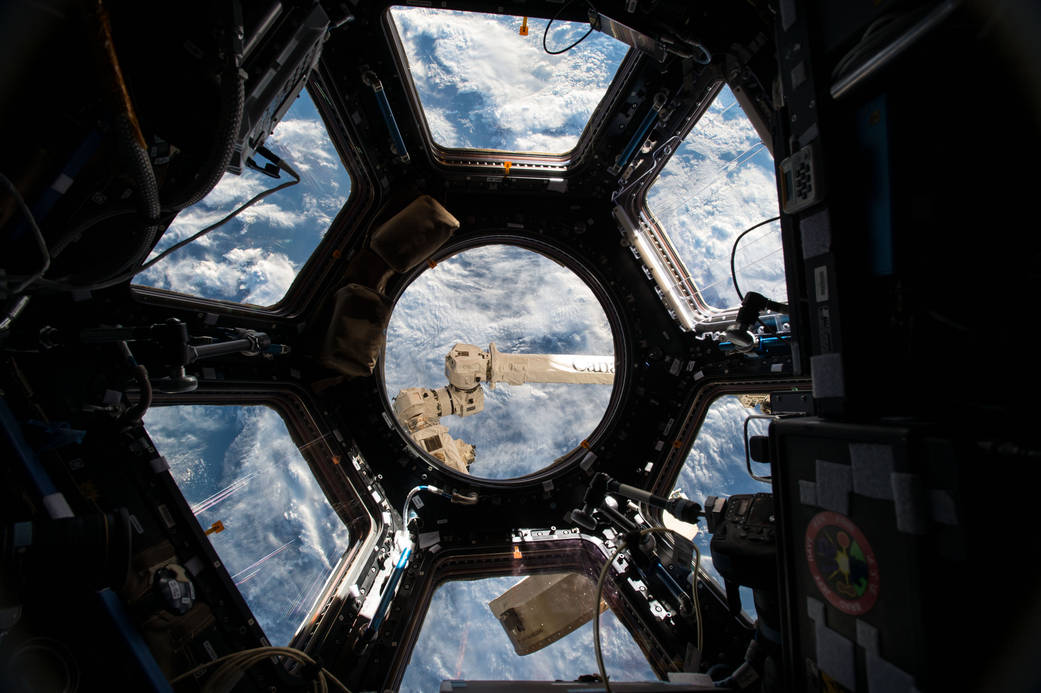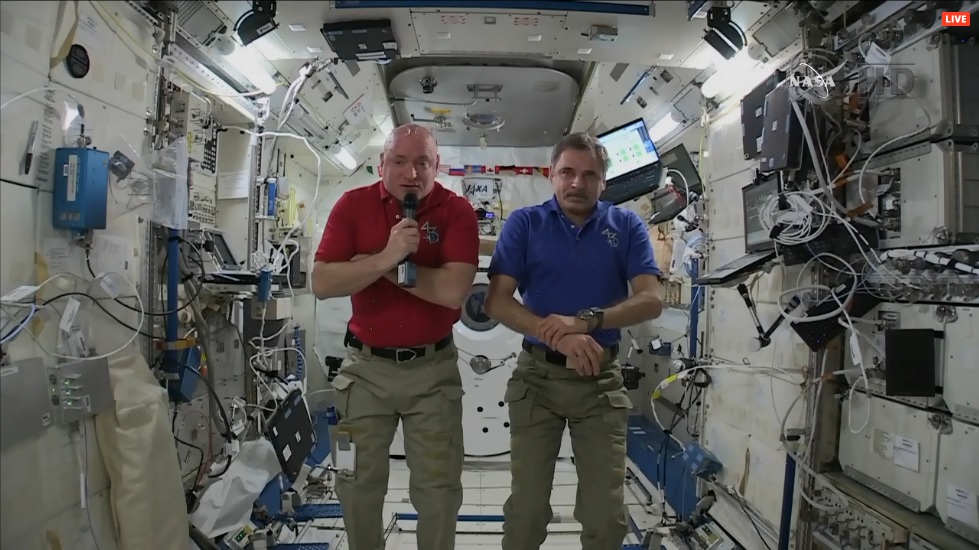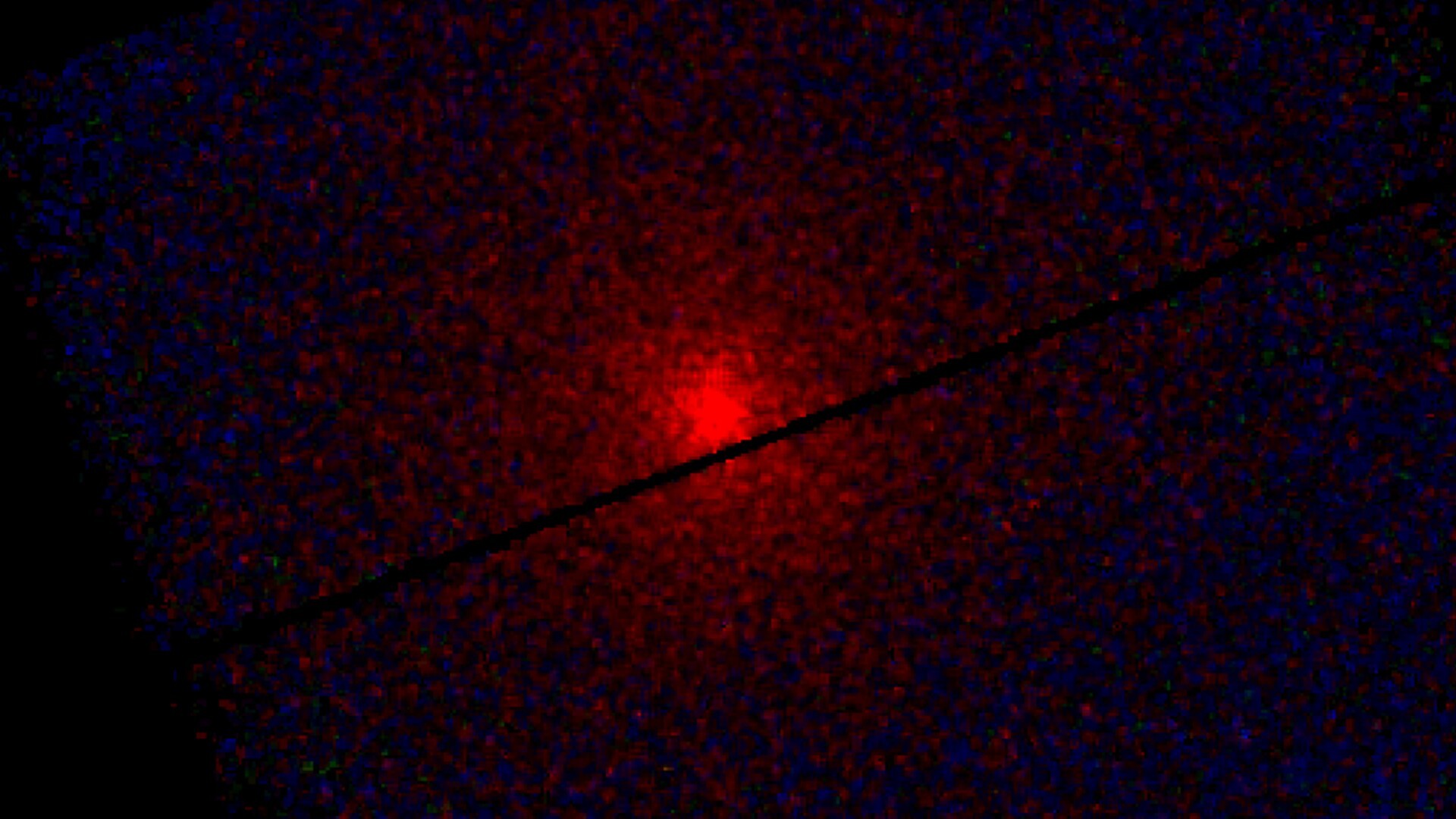Space Stress: How 1-Year Mission Is Studying Astronaut Health

You're flying and falling at once, people are scrutinizing your every move, the light is unnatural, everyday tasks are inexplicably difficult and you see your family and friends only at a distance: Being in space is much like a stressful dream, and that constant stress must take a toll on astronauts over time.
Researchers are probing how the bizarre stresses of space affect astronauts aboard the International Space Station, with an eye toward reducing negative impacts as much as possible. Over the course of the ongoing one-year mission on the orbiting lab, two spaceflyers are undergoing five behavioral health investigations to examine cognitive performance, sleep, brain structure, emotion and fatigue.
"Everything humans are doing in space is a life-sciences experiment, and everything is a psychological experiment," John Charles, Associate Manager for International Science in Human Research Program at NASA's Johnson Space Center in Houston, told Space.com. "It all feeds into the whole, and we're interested in how the whole astronaut responds to the stresses of spaceflight, psychological and otherwise."[One Year in Space: Epic Space Station Mission in Photos]
Many stressors
Spaceflight can take its toll on astronauts, no matter how long they're away from Earth.
"Just being an astronaut is pretty stressful, because of the constant need to be able to perform at your highest possible potential," Charles said. "You're going to be doing high-priority, high-visibility tasks with experts on the ground watching your every move and critiquing you while you don't feel very well, especially in the first few days or even weeks of spaceflight."
However, the set of investigations designed for the one-year mission — which began in March when NASA astronaut Scott Kelly and Russian cosmonaut Mikhail Kornienko arrived at the orbiting lab for a nearly 12-month stay — focuses specifically on the cognitive and psychological effects of long durations in space and the attendant isolation, fatigue, altered light-dark cycles and microgravity.
The first investigation, on cognition, uses a standard battery of cognitive tests to evaluate how well different brain regions are working. Data from the tests will be used to develop a tool that can return feedback about an astronaut's cognitive abilities in real time during a mission, NASA officials said.
Breaking space news, the latest updates on rocket launches, skywatching events and more!
Similarly, the Reaction Self-Test is a five-minute evaluation that lets astronauts track the effects fatigue is having on their systems — for instance, increased sleepiness and impulsivity and decreased reaction time.
A neuromapping investigation will show these changes in the long term. Astronauts had MRI images taken of their brains before takeoff, and more scans will be performed after they land to help determine how their brains handle sensory, motor and cognitive tests, and whether anything changes over the course of the mission. It also uses in-flight tests to gauge abilities such as motor control and visualization.
Cognitive abilities are also impacted strongly by sleep, or lack thereof. The astronauts record their sleep activity automatically via a wristband, and models use that information and data about light exposure to calculate their bodies' circadian rhythms. Subjective descriptions of sleepiness and alertness help paint an overall picture of the sleep astronauts are getting and how it affects them, NASA officials said.
On the more subjective side, the astronauts fill out journal entries at least three times per week. Researchers will study these entries to learn how crewmembers are adjusting overall, and what aspects of the environment are helping or hindering that adjustment.
On and off Earth
Behavioral and health data gathered during the one-year mission should help doctors, scientists and mission planners prepare for manned flights to faraway destinations such as Mars, NASA officials say.
But the information could have practical applications here on Earth as well.
"I have to believe that the more we learn about the brain and how people get along in extreme environments — and there should be very few more extreme environments than spaceflight — the better we're all going to be getting along with each other here on the ground," Charles said.
Email Sarah Lewin at slewin@space.com or follow her @SarahExplains. Follow us @Spacedotcom, Facebook and Google+. Original article on Space.com.

Sarah Lewin started writing for Space.com in June of 2015 as a Staff Writer and became Associate Editor in 2019 . Her work has been featured by Scientific American, IEEE Spectrum, Quanta Magazine, Wired, The Scientist, Science Friday and WGBH's Inside NOVA. Sarah has an MA from NYU's Science, Health and Environmental Reporting Program and an AB in mathematics from Brown University. When not writing, reading or thinking about space, Sarah enjoys musical theatre and mathematical papercraft. She is currently Assistant News Editor at Scientific American. You can follow her on Twitter @SarahExplains.

